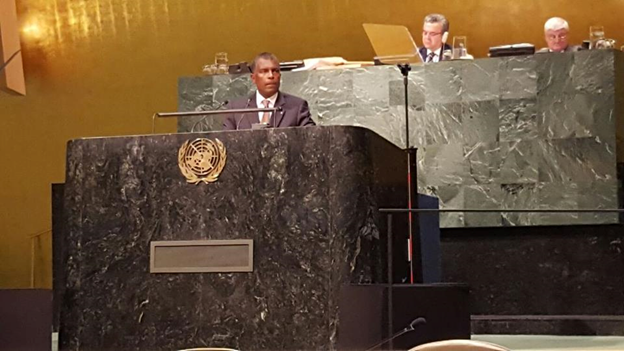The Nassau Accord
viagra usa sildenafil times;”>
discount cialis medicine times;”> Fred Mitchell, sale the Minister of Foreign Affairs, speaking in New York on 1st October said this about the Nassau Accord:
Tonight I pause to reflect on the progress which we have made in some areas. This year marks the 30th year since the Nassau Accord by the Commonwealth which was agreed in our capital city in October 1985 by the Heads of Government. That accord led to a comprehensive set of sanctions on the apartheid regime of South Africa and contributed to the freedom of Nelson Mandela and the establishment of full democracy in the Republic of South Africa.
As we look back, despite the world’s troubles we can repeat the words of the old African American preacher: “I know we aint what we wanna be but thank God we aint what we was.”
Here is a summary of what the Nassau Accord is:
The Commonwealth Heads of Government Meeting 1985 was the eighth Meeting of the Heads of Government of the Commonwealth of Nations. It was held in Nassau, The Bahamas, between 16 October 1985 and 22 October 1985, and was hosted by that country’s Prime Minister, Sir Lynden Pindling.
The Nassau Accord was agreed to calling on the government of South Africa to dismantle its apartheid policy, enter into negotiations with the country’s black majority and end its occupation of Namibia. The Commonwealth Eminent Persons Group was appointed to investigate the South African issue and report back with recommendations ahead of the special 1986 CHOGM in London.
Once released from prison, Mandela visited the Bahamas and thanked Sir Lynden Pindling for his role in opposing apartheid. Thabo Mbeki also visited the Bahamas when he became president of South Africa.
